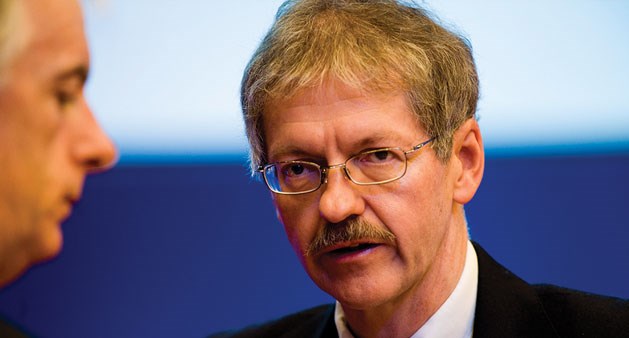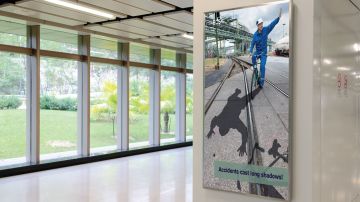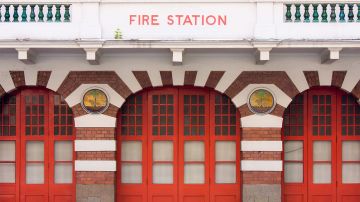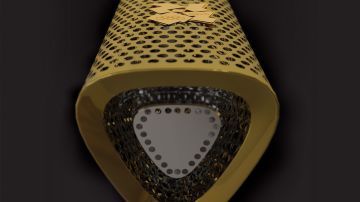Andy Currie has been a director of INEOS for the past 13 years. As one of the INEOS Capital team he has been instrumental in shaping and progressing the company’s successful growth strategy. Here he talks to Tom Crotty about INEOS, its balanced portfolio of businesses, its future growth and why it was able to weather the full brunt of the European crisis.
Tom: When you think about INEOS’ growth, some would suggest that it has been opportunistic. Do you think that’s fair?
Andy: Historically, I think that’s pretty fair. As you know, in our early days, particularly in the first five to 10 years of INEOS, we were always looking at orphaned assets from blue chip majors that were available, unloved and probably undermanaged and that became our target area. Since the big acquisition of Innovene in December 2005, times have moved on. We have been through some pretty difficult market conditions, but our emphasis these days is much more on running the day-to-day business, getting it more and more efficient and ensuring it’s soundly financed for the future, but with the occasional acquisition. However, those have been very much strategic acquisitions. Seal Sands is a great example of that, where, essentially, we have been able to take over an asset which was struggling, change its costs base, improve its efficiencies and generally turn it around using the whole expertise that we have in the group. A more recent example would be the acquisition of Tessenderlo ChlorVinyls business by Kerling which, again, is going through that same type of progress.
Tom: And what specific benefits have come from that approach?
Andy: The great benefit is that we have the expertise in house. We have lots of people with a great variety of skills in running these operations efficiently. In the case of INEOS Nitriles, we are the largest producer in the world, our technology is all over the world in many, many plants so we have a lot of core expertise in the plants and technology, and we can then bring that to bear in how to run these plants very efficiently and very effectively.
Tom: And what about portfolio products. What does that do for us?
Andy: Essentially we are in many sectors within the chemical industry. The primary benefit of that is that we have robustness of earnings, and robustness of sales, particularly when times are difficult. Because, of course, being in commodities you inevitably have to deal with quite sharp cycles, so having a wide variety of businesses and applications across different end markets brings with it a natural protection in those bad times. And we have seen that. Obviously the 2008/2009 major downturn – almost meltdown in many ways – was the ultimate test of that. In those days our position was that nearly a quarter of our sales was in the consumables arena. This was very valuable because people continue to need food and this requires packaging which was valuable to us along with other products used in the likes of pharmaceuticals, cosmetics or even soap powers.
Tom: So, whilst we have got a great balanced portfolio of products, you cannot really say that about our geographic balance?
Andy: No. That’s pretty fair. Although, having said that, look at our recent track record. Our profitability has been moving more and more towards 50/50 between North America and Europe, and when we go back to about six years ago, just after the Innovene transaction, about 70% was in Europe. It is not ideally balanced across the world but it is moving in a good direction. Obviously the US these days, with shale gas, is a very interesting market. But we are also keen to increase our exposure to Asia and our earnings in the region and that really is part of our underlying strategy going forwards.
Tom: What are the main strategic challenges for INEOS moving forwards?
Andy: One of our challenges is to get our debt down. We have made lots of progress. The refinancing is now thankfully completed so our next challenge is just to work at the portfolio, use the earnings but get our debt and leverage down to a lower level and at the same time look to fund growth.
Tom: And what about growth? How do you see INEOS growing in the future?
Andy: Our current main thrust, apart from those small opportunities around acquisitions, is that we are really looking at the US Gulf and the US market generally to see how we can take advantage of the recent arrival of shale gas. And the fact that you now have this major renaissance of the Gulf coast petrochemical industry and very low cost ethane feedstock coming into the market. We already have a nice position there and one of our challenges will be to look at how INEOS can take advantage of that. That will be a focus of growth. The other major focus will be Asia, particularly China. Everyone is very familiar with our phenol project but there are others coming behind it. That will be Intermediates where we clearly have very strong positions in markets but also very strong technology positions, so we have something to bring to the table with the Chinese, which is very important.
Tom: And how easy is it to achieve those same results when you work with the constraints of joint ventures?
Andy: Inevitably joint ventures do bring a degree of complication. With two sets of shareholders – even with good alignment – it is more complex. You need to believe the benefits outweigh the disbenefits that come with that. If you take our suite of major joint ventures, we have obviously got the refining joint venture where clearly we have a massive partner, one of the largest companies in the world, now together with us in the refining industry, which is, as you know, very challenged today. But they bring their upstream capability of sourcing to the table, their financial muscle and they also have a very large trading capability in the whole arena so that’s where we see a very natural fit. If you take Styrolution, we have really put together two sets of assets to create the largest styrenics business in the world. There are obviously a lot of synergy possibilities of simplifying the business, reducing costs, and taking the best of both worlds. Joint ventures do work. It is not as straightforward as 100% ownership but, in terms of financing and what’s possible, it’s been very much on our agenda that we can achieve these joint ventures and we get a lot of benefits from them.
Tom: And lastly Andy, around the INEOS Capital table, you have got Jim Ratcliffe supporting Manchester United, Jim Dawson Wolverhampton and John Reece Sunderland, where are your allegiances?
Andy: Well, I must say I have kept my allegiances below the surface for quite some time. I can say it today, though, that I can just about put my nose above the parapet and say Sheffield Wednesday, who have now reached the glorious heights of the Championship as of next year so, yes, somewhat behind the rest of the pack but in recovery mode.















